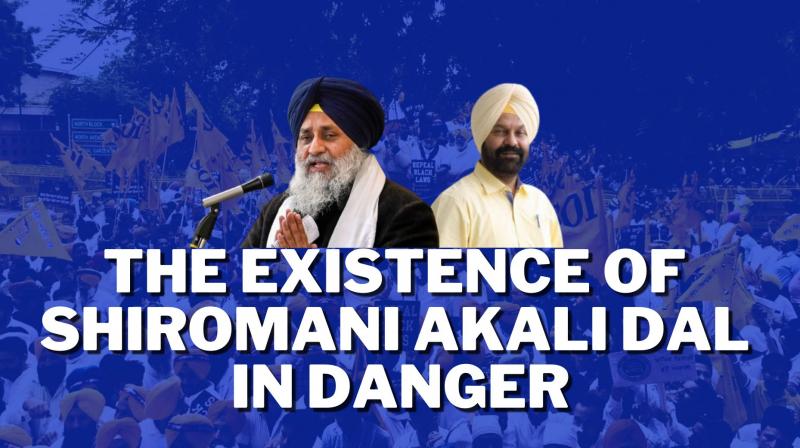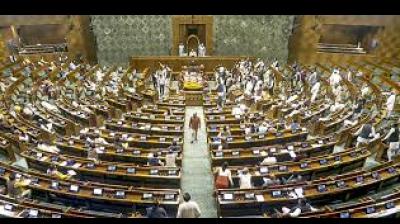
The crisis within the Shiromani Akali Dal, however, is not a recent development.
Shiromani Akali Dal Crisis/Opinion By Nimrat Kaur, Managing Editor of Rozana Spokesman: The notion of a "Crisis in the Akali Dal" has become a recurring theme, frequently appearing in headlines whenever a leader leaves or joins the party. This 70-year-old political organization finds itself in a peculiar and precarious situation these days, where the departure of each leader threatens the very existence of the party, much like the weakening of an old tree.
In the politics of Giddarbaha, a fresh crisis has emerged within Shiromani Akali Dal-Badal, triggered by the defection of Hardeep Singh Dimpy Dhillon, who left the Akali Dal to join the Aam Aadmi Party. Dhillon took this step because he sensed that the Akali Dal was preparing to replace him in his constituency with Manpreet Badal, as their candidate.
Had this situation occurred a few years ago, no leader would have considered leaving the party. However, the political landscape in Punjab has changed dramatically. Where once there were only two dominant parties, there are now four major players: the Aam Aadmi Party (AAP), Shiromani Akali Dal-Badal, Congress, and even the BJP. Additionally, Simranjit Singh's faction of the SAD is also gaining prominence. With the rise of Sarabjit Singh Khalsa and Amritpal Singh, it seems a new political front may emerge in the near future.
One must wonder whether leaders who switch parties due to internal conflicts can truly resolve their issues by joining another political outfit. During the BJP's contest with Congress at the national level, several Congress leaders joined the BJP. Yet, do these defectors enjoy the same stature in the BJP that they once held within Congress? While prominent figures like Vasundhara Raje or Jyotiraditya Scindia may retain influential positions, only a few can truly replicate their former standing in a new political environment.
The crisis within the Shiromani Akali Dal, however, is not a recent development. It began years ago when the party deviated from its sectarian ideals and embraced more traditional politics. Many leaders have left SAD-Badal over the years, and more may follow. However, this is merely a symptom of a deeper, long-standing problem. The crisis will persist until the party's leadership acknowledges its responsibility and takes sincere steps towards reform.
The roots of the Shiromani Akali Dal run deep, and if the party embarks on a path of genuine reform, it has the strength to rebuild itself. This requires abandoning the pursuit of power, chairs, and industrial interests in favor of prioritizing the Panth (the Sikh community) and Punjab. If the party continues to treat its challenges as mere power struggles, the crisis will only deepen.
The key question now is whether the Shiromani Akali Dal retains any of its original sectarian values to lead a reform movement. Unfortunately, it seems that the party has strayed far from its foundational principles, becoming entrenched in the politics of power and position.
(The views expressed are those of the author)














